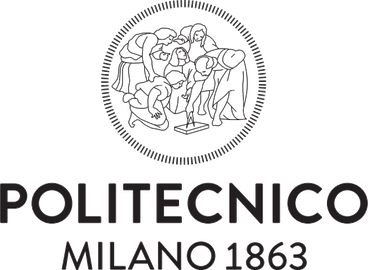Politecnico di Milano: The Future Of Two-Dimensional Carbon-Based Materials
A study carried out by Professor Carlo S. Casari and his team at the Micro and Nanostructured Materials Laboratory (NanoLab) of the Department of Energy has been published in the American journal The Journal of Physical Chemistry C as the cover article.
The study, in collaboration with Professor Davide M. Proserpio of the Department of Chemistry at the Università degli Studi di Milano, is a computational-modelling project investigating a class of two-dimensional carbon-based materials.
Two-dimensional materials consist of only one or a few atomic layers and represent a very interesting research topic because they have different properties than the same material when composed of many layers.
One of these materials is graphene, which has unique properties: it is the only two-dimensional carbon-based material that is used for technological applications. But its properties are fixed: if you want to combine it with other materials with different properties, you have to change the material type. There is a whole range of two-dimensional inorganic materials that are suitable for this purpose. However, there are also two-dimensional carbon-based materials – other than graphene – whose existence was presumed in the eighties, called graphdiyne. These are crystal structures consisting of hexagonal units – as in graphene – combined with linear units characteristic of atomic carbon strands. They have very interesting properties and from an experimental point of view there is still a lot of research to be done.
The aim of Casari’s team was to understand how many types of these materials can exist and be replicated in reality, and what their properties are.
The researchers made a classification of all possible two-dimensional carbon-based structures. To do this, they started with graphene and used an automated algorithm to replace parts of its structure with linear carbon units. This algorithm produced around 40,000 different structures, which were then selected and filtered to see which ones could potentially be realised. The selection algorithm is based on ToposPro, a computational code for the analysis of crystal structures developed by the Samara Center for Theoretical Materials Science (SCTMS), with the collaboration of Prof. Proserpio.
Twenty-six structures were selected and their stability characteristics and electronic properties were analysed. It has been shown that these structures can be metals, semi-metals and semi-conductors.
This study lays the foundations for new two-dimensional carbon-based materials with very interesting potential applications in technology and energy.
explains Prof. Casari.
This research is part of the ERC EspLORE project, which seeks to develop innovative materials by using the potential of carbon atomic wires and exploring their possible applications for advanced technologies in the energy field.

